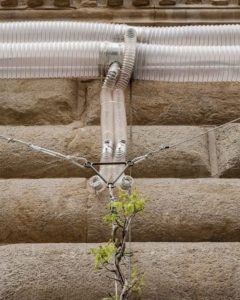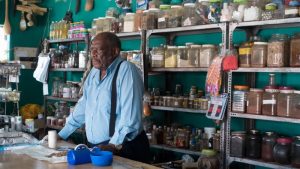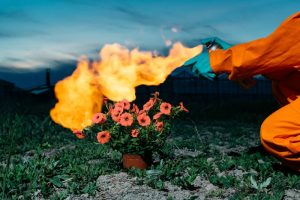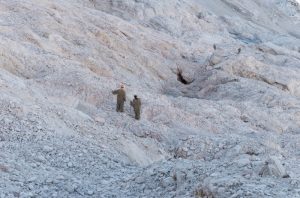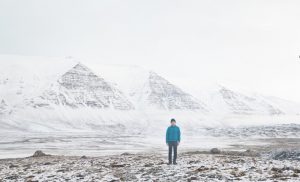As promised, here’s a follow-up of Monday’s first foray into Ecovention Europe: Art to Transform Ecologies, 1957-2017 which you can currently visit at De Domijnen in Sittard (NL). The exhibition gathers the work of over 40 artists who, through small scale interventions, attempt to bring a creative answer to the numerous environmental crises European ecosystems are going through.
Today’s short selection will focus on artistic attempts (many of them successful) to restore environmental damage:
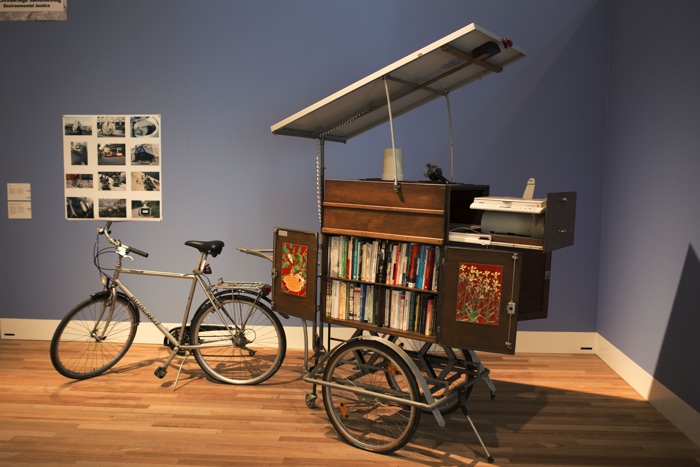
Nils Norman, The Gerrard Winstanley Radical Gardening Space Reclamation Mobile Field Center and Weather Station (European Chapter), 2000. Installation view at Museum De Domijnen. Photo by Bert Janssen
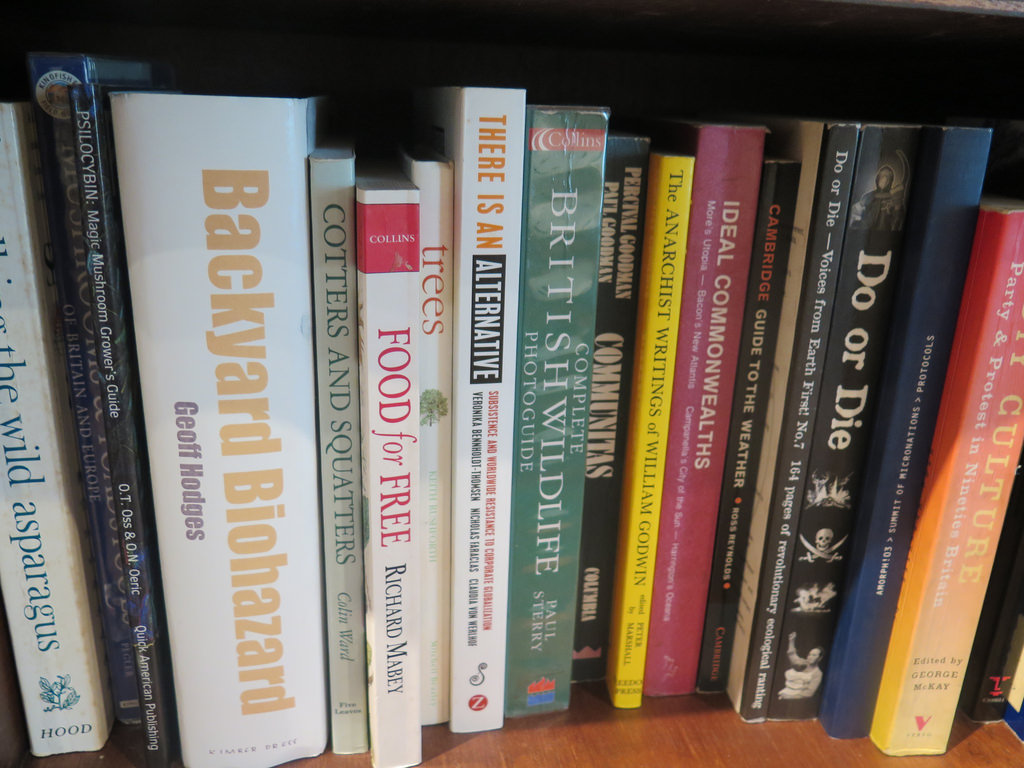
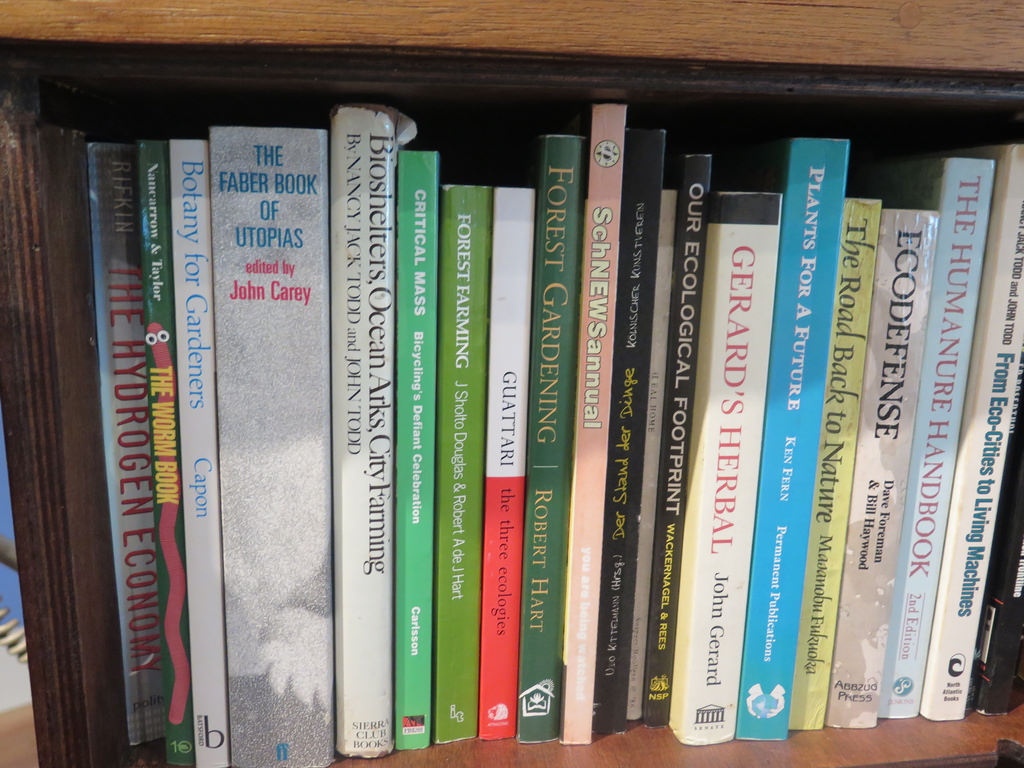
Nils Norman, The Gerrard Winstanley Radical Gardening Space Reclamation Mobile Field Center and Weather Station (European Chapter), 2000
Nils Norman designed a bike trailer to travel between parks, playgrounds, schools and public squares. Once parked, the trailer opens to reveal a small photocopier, a library, a small weather station as well as a solar panel. The library consists of books on DIY culture, permaculture, urban gardening, energy systems, utopias and issues of gentrification.
The mobile library encourages people to photocopy the chapters in the books that interest them and implement the ideas found in the publications.
The bike is named after Gerrard Winstanley, the leader of “the Diggers”, a group of Protestant radicals in 17th Century England who tried to defy the enclosure of common land by private interests: occupying it en masse, pulling down hedges, digging it up and cultivating it for food.
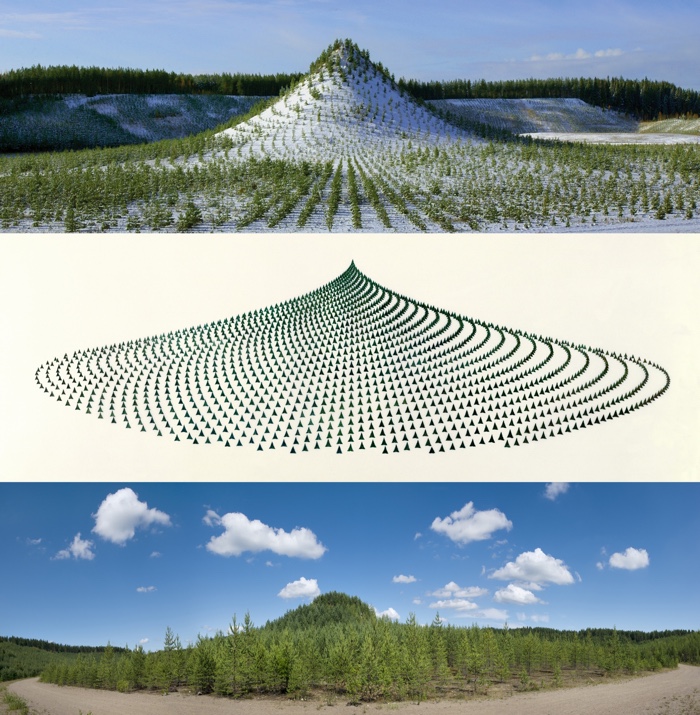
Agnes Denes, Tree Mountain – A Living Time Capsule – 11,000 trees 11,000 People 400 Years (Triptych), 1992-1996, Courtesy of Leslie Tonkonow Artworks + Projects, New York
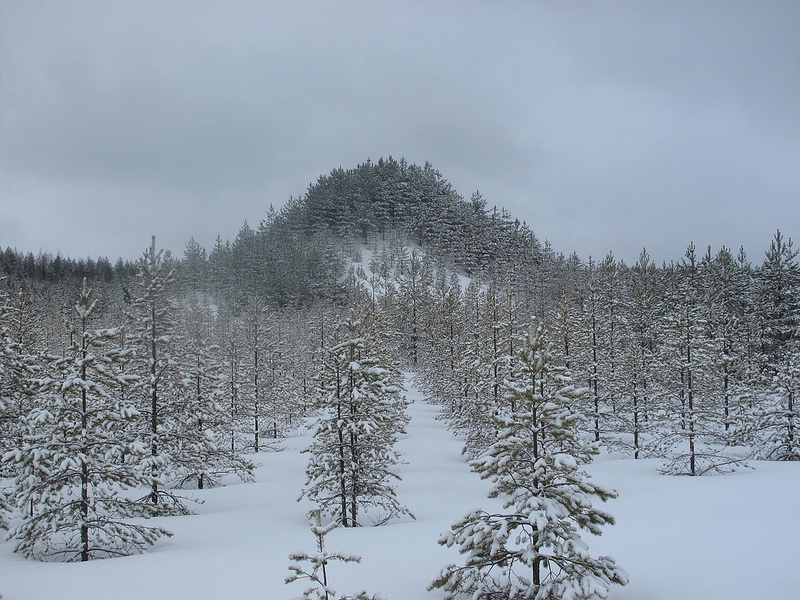
Agnes Denes, Tree Mountain in 2013. Photo by Strata Suomi
Tree Mountain is a monumental reclamation project located in Ylöjärvi, Finland. The project was officially announced by the Finnish government at the Earth Summit in Rio de Janeiro in l992 as Finland’s contribution to help alleviate the world’s ecological stress. The huge mountain was planted with eleven thousand trees by eleven thousand people from all over the world, eventually creating the first man-made virgin forest.
People who planted the trees received certificates acknowledging them as custodians of the trees. The certificate is an inheritable document valid for twenty or more generations in the future. Situated on top of an aquifer known as Finland’s purest source, Tree Mountain preserves the precious resources for centuries to come.
Agnes Denes conceived the project in the early 1980s as a mark of humanity’s commitment to the future ecological, social and cultural life on the planet.
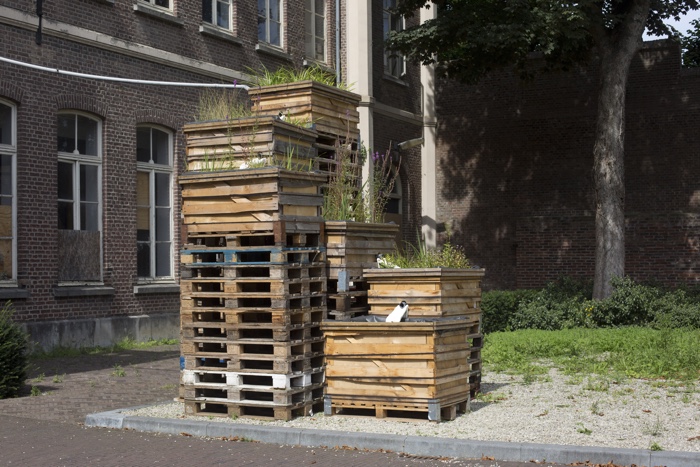
Vera Thaens, Roof Runoff Purifying System. Photo: Bert Janssen
Vera Thaens installed a biological water purification station in Sittard. Her Roof Runoff Purifying System uses different types of plants to filter and clean rainwater, making it ideal for drinking. The water plants were selected for their specific ability to remove toxic substances. Some extract nitrates and nitrites from the rainwater. Others can even get rid of hormones from wastewater (something that chemical wastewater treatment plants can’t always achieve.)
The idea of purifying drinking water with plants is nothing new. German scientist Käthe Seidel prototyped the system back in the 1950s. She seems to have been an amazing person. When asked why her ingenious and wastewater purification system never took off, she answered:
“Men always reach for technology, for development. They insist it will bring us to higher levels of progress. They haven’t the patience to work with slow-growing plants, nor do they understand natural cycles as women do. They see my work as farming, not engineering, so they go away and return to their machinery.”
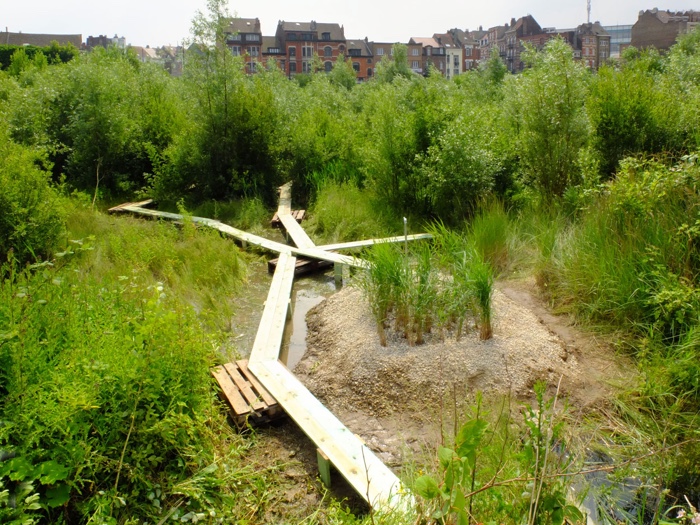
Marjetica Potrc and Ooze (Eva Pfannes & Sylvain Hartenberg, Source de Friche, 2012
The site of Source de Friche in Brussels used to be a Shell Oil industrial site, where rainwater and ground water had accumulated in a large depression. Although the site had been decontaminated, the water remained polluted. The project highlighted and sped up the self-regenerative power of nature by processing the polluted water through a constructed wetland, a system that uses existing and new helophyte plants to filter the water. Although the water was purified, it still did not meet all European regulations for drinking water for humans, so the artists labelled it as water “of drinkable quality exclusively for non-humans”.
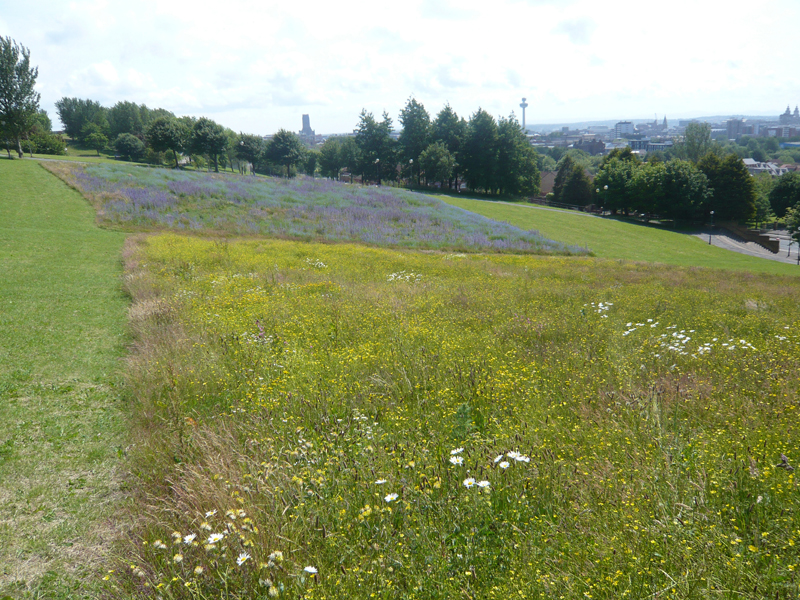
Rebecca Chesney, I’m blue, you’re yellow, Everton park, Liverpool, 2012
As a result of her research into habitats that help support local populations of bees and other insects, Rebecca Chesney was commissioned to realise the planting of two acres of meadow on Everton Park in Liverpool. One acre was made entirely of blue flowering species, the other acre of yellow ones. Each acre was one solid block of colour.
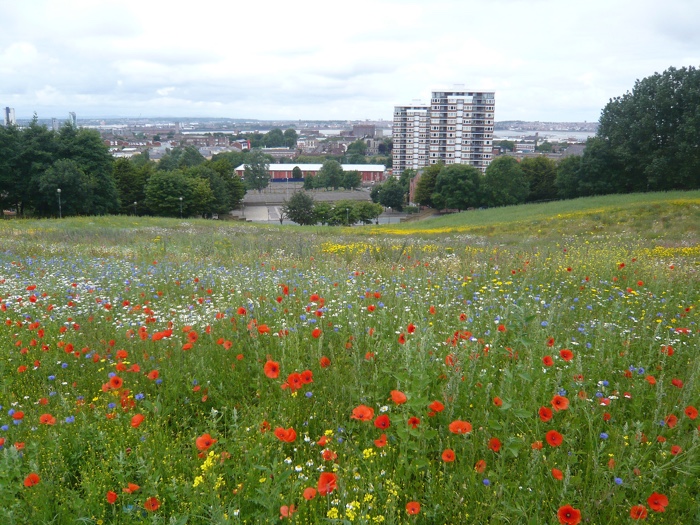
Rebecca Chesney, I’m blue, you’re yellow, Everton park, Liverpool, 2017
The artist recently went to see the meadows. They were in their 6th summer and quite different from when they were first planted. They have changed gradually over the years and are now mixed with loads of other species coming in.
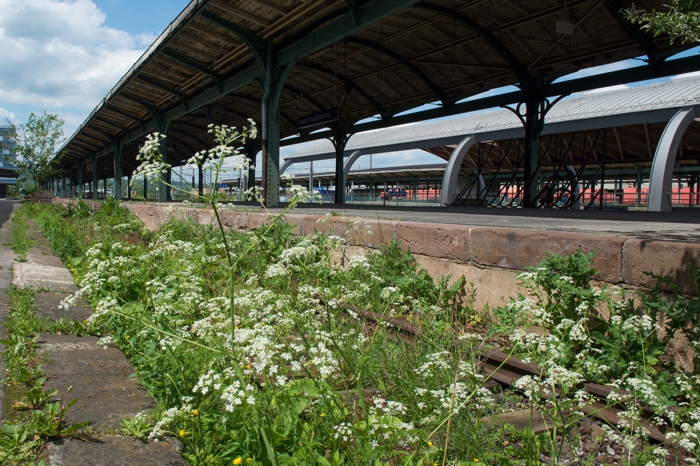
Lois Weinberger, Das über die Planzen/ist eins mit Ihnen (What is Beyond Plants is at One with Them), documenta 10, 1997. Photo: 34 magazin
For the 1997 edition of documenta, Lois Weinberger planted a garden amongst the railway tracks of Kassel’s central station. The plants mixed native vegetation with ruderal plants the artist had collected in Central and Eastern Europe, during and after the collapse of communism. These nomadic survivors, ‘foreign immigrants’ to German soil, flourished amongst the transit lines of ‘Old Europe’, subverting any human projection of territorial sovereignty, or fixed borders, and still do so today.
Weinberger views this continuous botanical blending as a metaphor for social processes such as global migration. “The way a society deals with its plants tells us a lot about itself”, he once said.
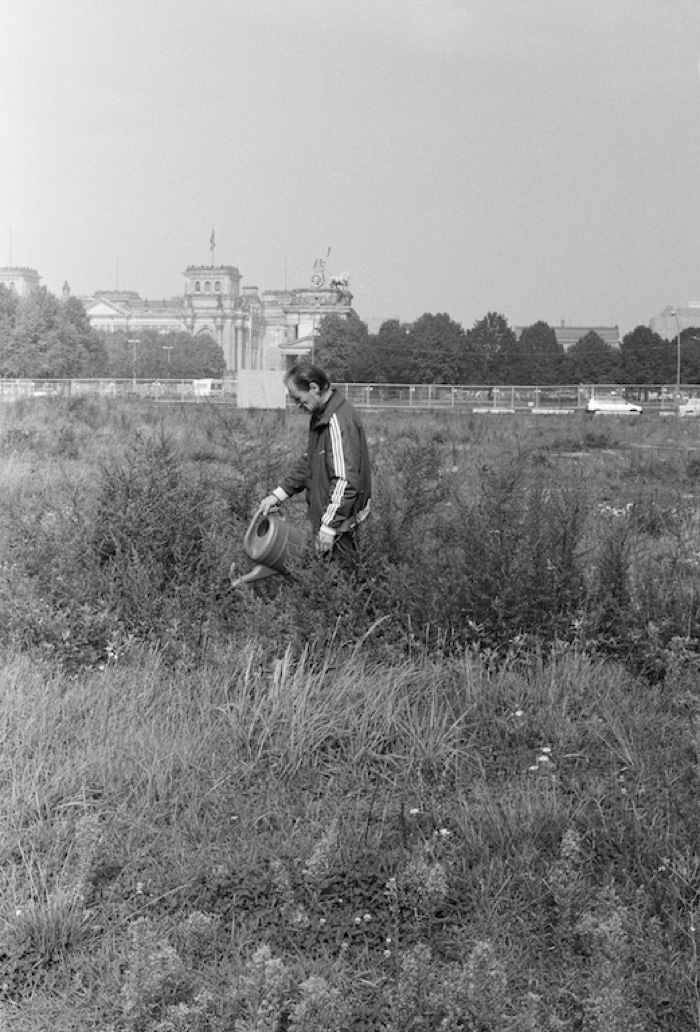
Lois Weinberger, Brandenburger Tor, Berlin 1994
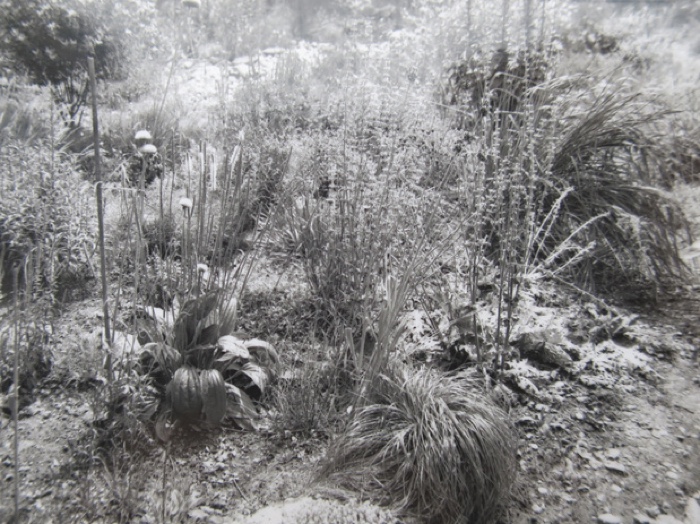
Lois Weinberger, Gebiet Wien (Area Vienna), 1988
Much of Weinberger’s work investigates Gilles Clément’s idea of the Third Landscape (the space left over by man to nature alone.) Weinberger’s gardens are not looked after. They are left to evolve, expand, be taken over by weeds and grow into unruly little landscapes.

Moirika Reker, Fruta a Mão (Urban Orchards – Pick Your (City) Fruit), 2014-ongoing. Photo via interact
When learning that most of the fruit trees adorning Portugal’s city streets were ornamental and too bitter to eat, Moirika Reker decided that these spaces could grow edible fruits instead. She sought a European Culture Foundation grant to develop “Fruta à mão” (Urban Orchards – Pick Your (City) Fruit). She focused her efforts on transforming part of the park Quinta dos Lilases in Lisbon into a public orchard. The urban orchard would be cared for, maintained and harvested by the community. The idea is to bring attention to the possibility of participation in one’s own nourishment, addressing issues related to food security, urban sustainability and aesthetic fruition of the city.
Despite pretending to be working on implementing Reker’s proposal, the city had its landscape architect design a 3000m2 orchard instead.
Hop! Couple more images from the exhibition:
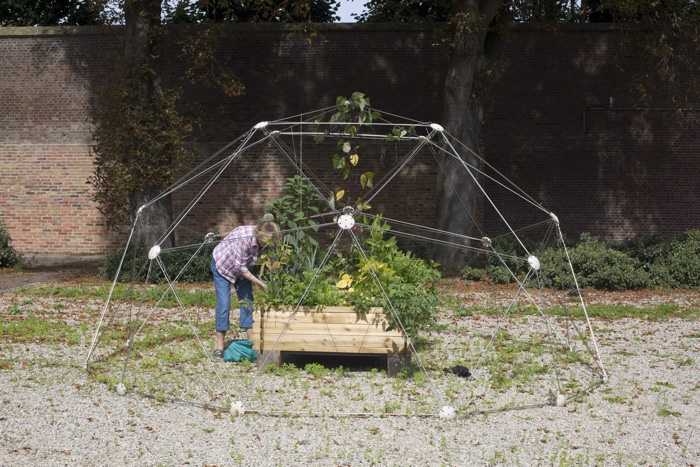
Jean-Francois Paquay, Edible Environment. Photo: Bert Janssen
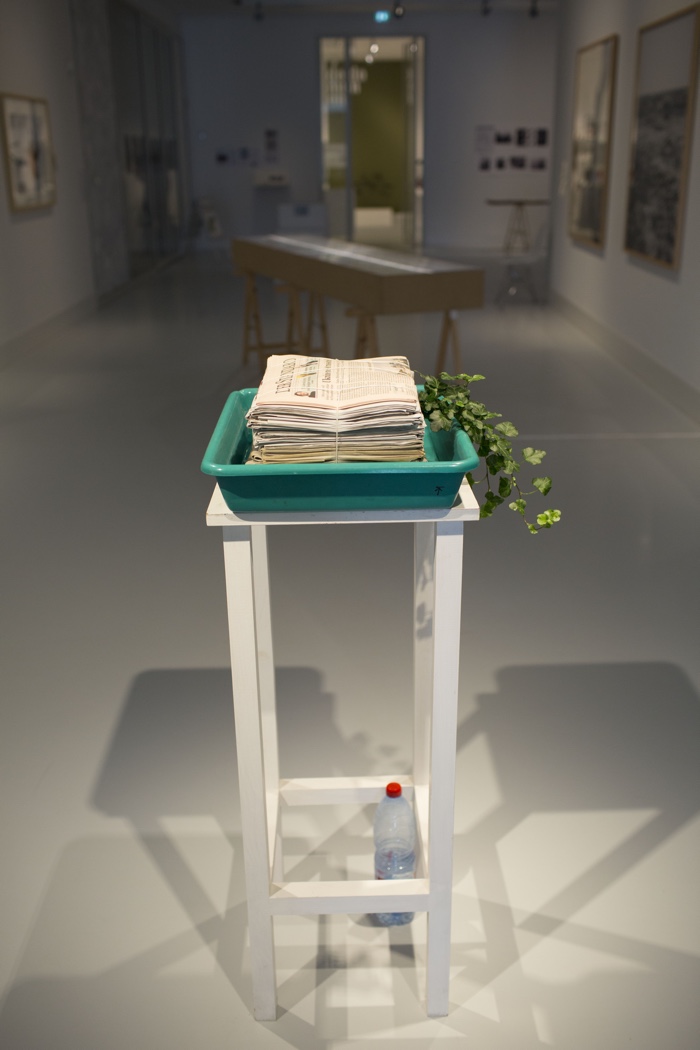
Installation view of Ecovention at Museum De Domijnen, September 2017. Photo by Bert Janssen
Once again, i’m going to recommend the catalogue because it’s that good. You can get it online at BOL if you live in The Netherlands. The rest of us can buy it on Amazon.
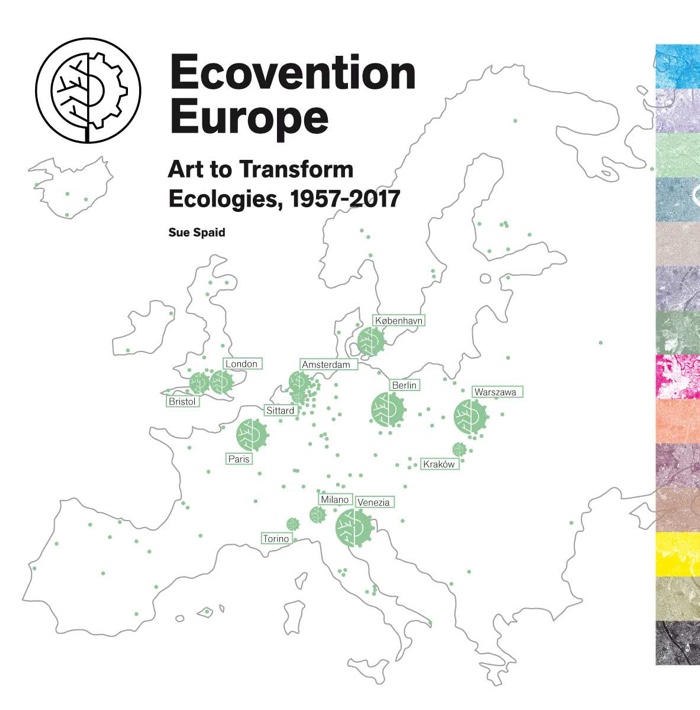
Ecovention Europe, art to transform ecologies, 1957 – 2017 remains open at Museum Hedendaagse Kunst De Domijnen in Sittard (NL) 7th January 2018
Previously: Ecovention Europe: Art to Transform Ecologies, 1957-2017 (part 1.)

